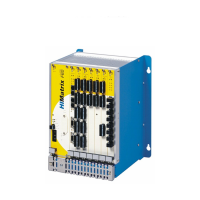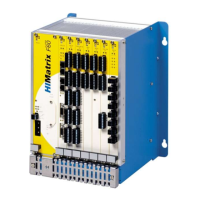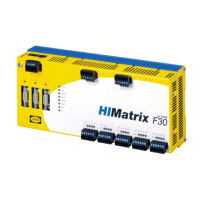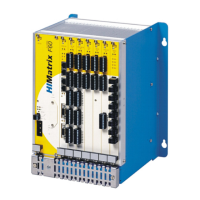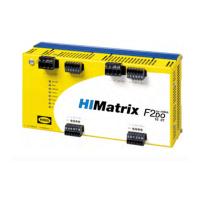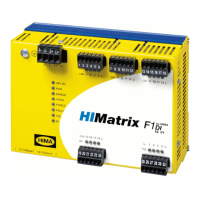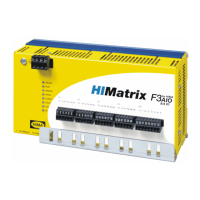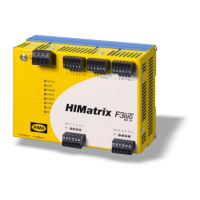HIMatrix 9 Configuring Communication
HI 800 023 E Rev. 1.01 Page 59 of 72
9 Configuring Communication
In addition to using the physical input and output variables, variables can also be
exchanged with other system through a data connection. In this case, the variables of the
corresponding resource are declared in the Protocols Editor of the programming tool.
This data exchange can occur in either read-only or read/write mode.
9.1 Standard Protocols
Many communication protocols only ensure a non-safety-related data transmission. These
protocols can be used for the non-safety-related aspects of an automation task.
DANGER
Physical injury due to usage of unsafe import data
Do not use any data imported from unsafe sources for safety functions in the user
program.
Depending on the controller variant, the following standard protocols are available:
SNTP
Send/Receive TCP
Modbus (master/slave)
PROFIBUS DP (master/slave)
INTERBUS.
9.2 Safety-Related Protocol (safeethernet)
Safety-related communication via safeethernet is certified up to SIL 3.
Use the safeethernet Editor or P2P Editor to configure how safety-related communication
is monitored.
For determining the Receive Timeout and Response Time safeethernet parameters, the
following condition applies:
The communication time slice must be sufficiently high to allow all the safeethernet
connections to be processed within one CPU cycle.
For safety-related functions implemented via safeethernet, only the Use Initial Data setting
may be used.
NOTE
Unintentional transition to the safe state possible!
ReceiveTMO is a safety-related parameter!
If all values must be transferred, the value of a signal must either be present for longer than
ReceiveTMO or it must be monitored using a loop back.
ReceiveTMO is the monitoring time of controller 1 within which a correct response from
controller 2 must be received.
9.2.1 Receive Timeout
ReceiveTMO is the monitoring time in milliseconds (ms) within which a correct response
from the communication partner must be received.
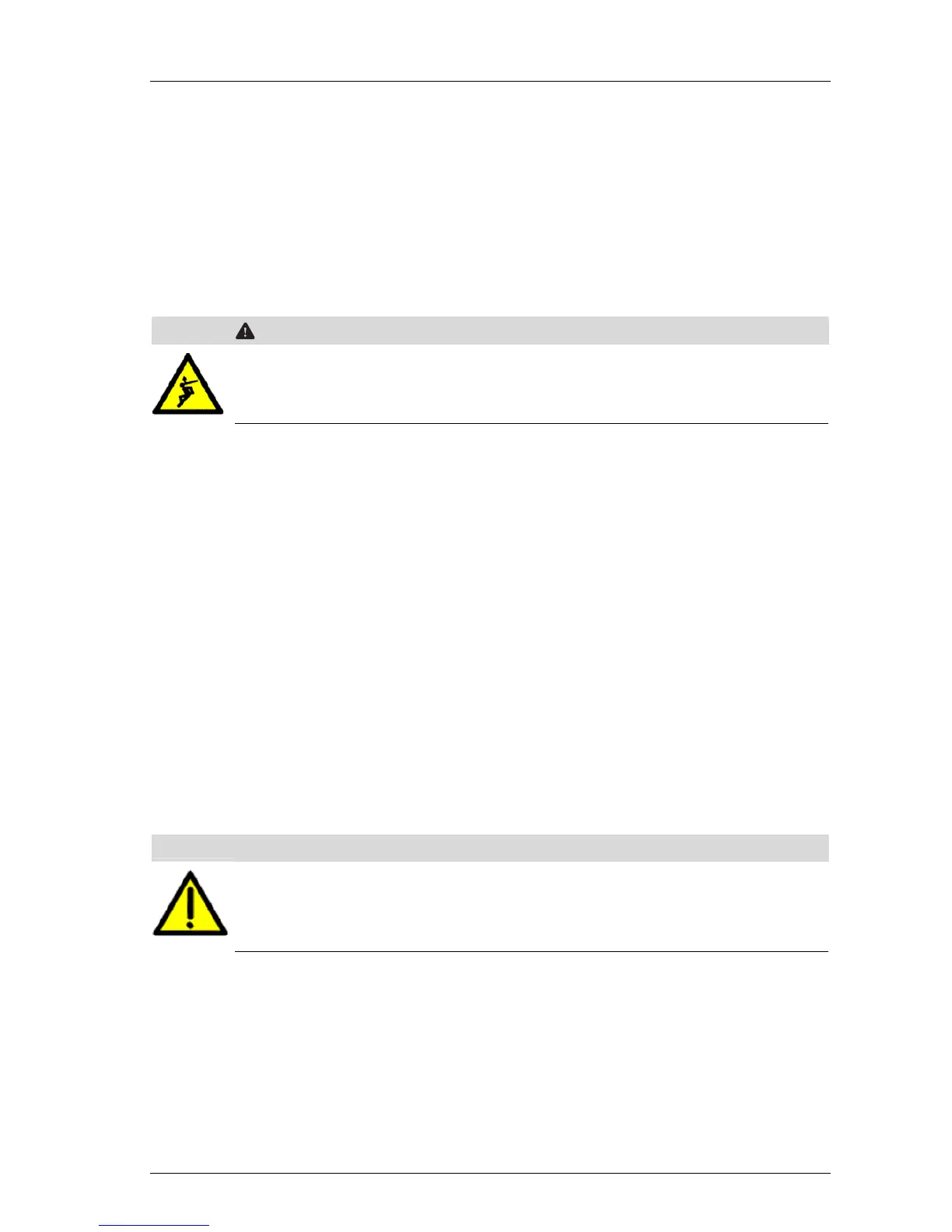